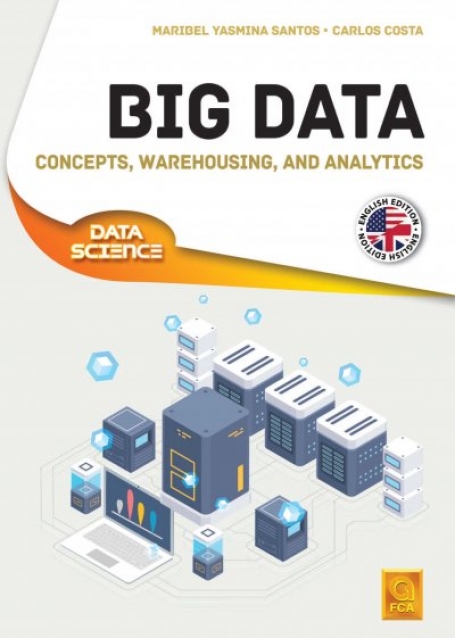Big Data is a concept of major relevance in today’s world, sometimes highlighted as a key asset for productivity growth, innovation, and customer relationship, whose popularity has increased considerably during the last years. Areas like smart cities, manufacturing, retail, finance, software development, environment, digital media, among others, can benefit from the collection, storage, processing, and analysis of Big Data, leveraging unprecedented data-driven workflows and considerably improved decision-making processes. This new type of data is being defined not only by its characteristics (e.g., volume, variety, and velocity), but also by the limitations it imposes on traditional storage and processing technologies. Organizations seeking Big Data initiatives face several challenges, such as the lack of consensus in definitions, models, and architectures, as well as difficulties concerning the Big Data life cycle design and implementation.
The concept of Big Data Warehouse is emerging as either an augmentation or a replacement of the traditional Data Warehouse, a concept that has a long history as one of the most valuable enterprise data assets. Nevertheless, research in Big Data Warehousing is still in its infancy, lacking an integrated and validated approach for designing and implementing both the logical layer (data models, data flows, and interoperability between components) and the physical layer (technological infrastructure) of these complex systems.
This book addresses models and methods for designing and implementing Big Data Systems to support mixed and complex decision processes, giving special attention to Big Data Warehouses as a way of efficiently storing and processing batch or streaming data for structured or semi-structured analytical problems. The chapters of this book:
· Present fundamental concepts and best practices according to the state-of-the-art in the multidisciplinary topics of Big Data and Data Warehousing;
· Contain suggestions for logical architectures and technological infrastructures for Big Data Warehousing systems;
· Provide a data modelling method to efficiently design data models for Big Data Warehousing contexts;
· Offer a unique view of how to ensure high performance from Big Data Warehouses, to provide fast retrieval of data, highly detailed ad hoc queries and advanced analytical applications.
Contents:
· Big Data Concepts, Techniques, and Technologies
· OLTP-oriented Databases for Big Data Environments
· OLAP-oriented Databases for Big Data Environments
· Design and Implementation of Big Data Warehouses
· Big Data Warehouses Modeling: From Theory to Practice
· Fueling Analytical Objects in Big Data Warehouses
· Evaluating the Performance of Big Data Warehouses
· Big Data Warehousing in Smart Cities

